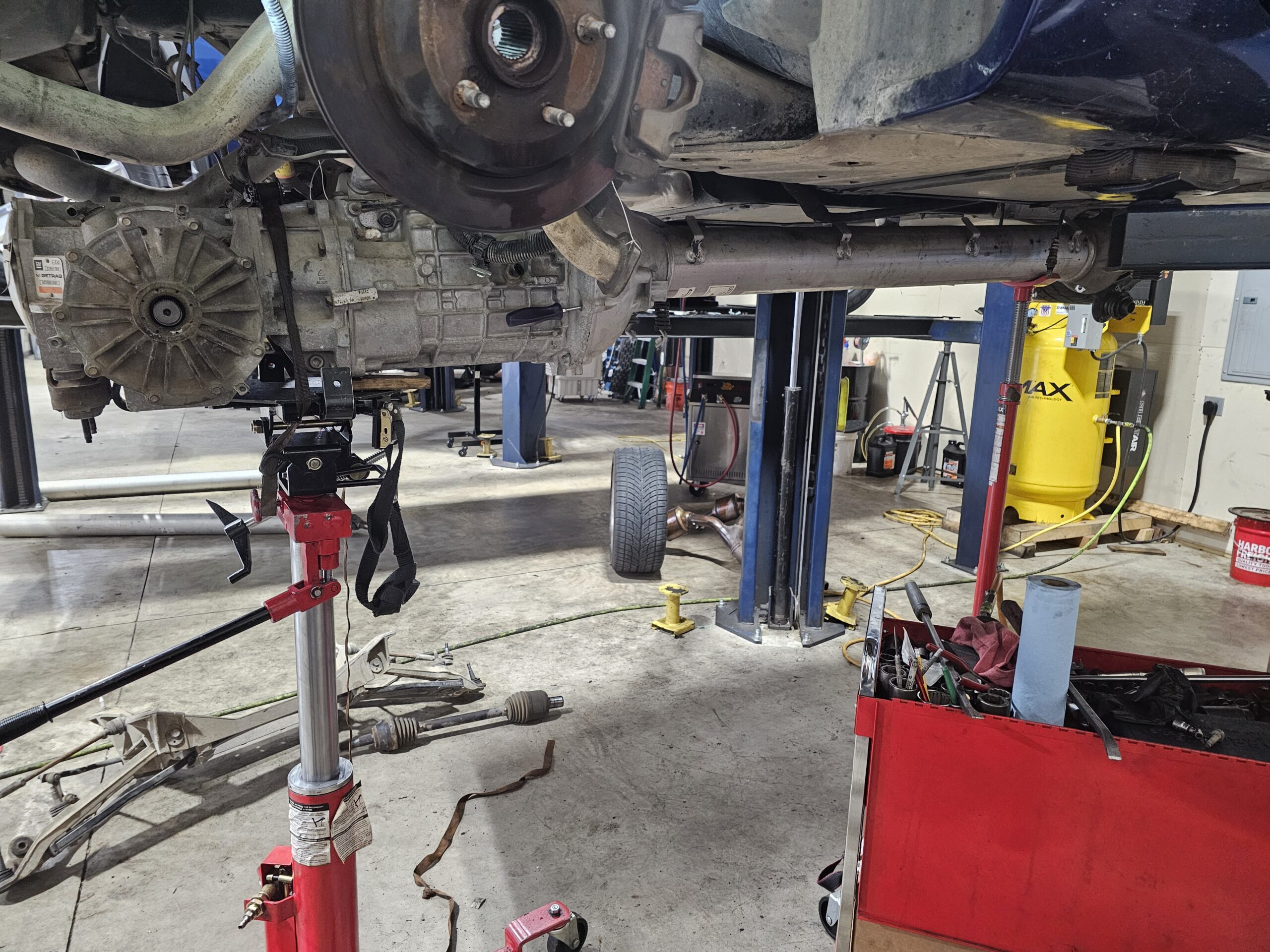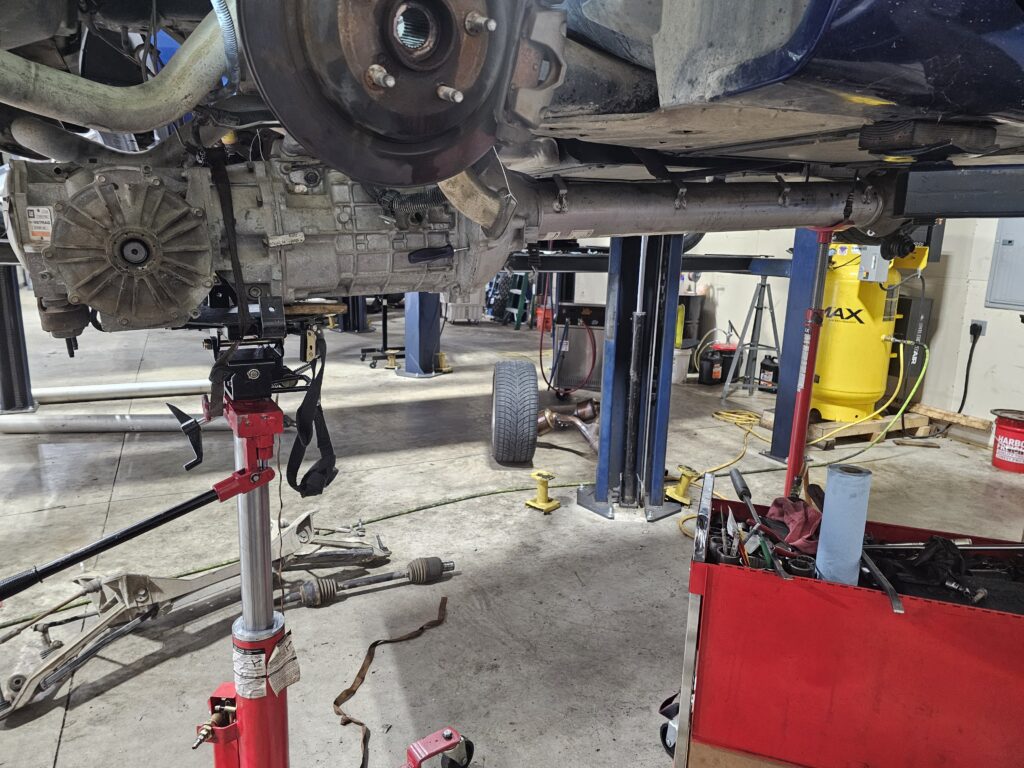
- Give Us A Call (817) 386-7592
- Get Directions
-
Financing Available

When your check engine light comes on, it’s easy to assume the problem lies with your engine—but often, it’s your transmission sending out a warning. At Top Notch Transmissions in Fort Worth, we help drivers understand the real reason behind that glowing light and why it’s important to act quickly.
Modern vehicles are designed with advanced electronics that constantly monitor your engine, transmission, and other critical systems. When something isn’t operating correctly, your vehicle’s onboard computer (ECU) stores a diagnostic trouble code (DTC) and triggers the check engine light to get your attention.
While this light can indicate a wide range of issues—from a loose gas cap to a serious engine misfire—it often relates to your transmission system, especially if you’re experiencing shifting issues, odd noises, or performance changes. The key is to understand the warning signs and get a proper diagnosis before the issue worsens.
Your transmission is closely linked to your engine, both mechanically and electronically. It relies on sensors, solenoids, and fluid pressure to shift gears efficiently. If any part of this system starts to fail, your ECU will detect it, record a code, and activate the check engine light.
Unlike older vehicles, today’s cars don’t always use a separate “transmission” warning light. So, your check engine light may be the only visual cue that something’s wrong with your transmission. Ignoring it could mean driving with a malfunctioning part that leads to overheating, gear slippage, or total failure.

Here are some of the most frequent transmission-related problems that cause the check engine light to come on:
1. Faulty Transmission Sensors
Speed sensors, input/output shaft sensors, and fluid temperature sensors help your transmission shift accurately. When one fails, your transmission may shift erratically—or not at all.
2. Shift Solenoid Malfunction
Solenoids control the flow of transmission fluid. If one is stuck open or closed, it can cause harsh or delayed shifting and set off the check engine light.
3. Torque Converter Issues
A failing torque converter can cause your engine to rev without moving the car efficiently. This power transfer problem often generates trouble codes and sets off the light.
4. Transmission Overheating
If your fluid is low or degraded, the transmission may overheat. The ECU monitors fluid temperature, and overheating can trigger both performance problems and warning lights.
5. Transmission Control Module (TCM) Failure
This electronic unit communicates with your ECU and manages shifting. A bad TCM can send incorrect signals, causing the vehicle to go into “limp mode” or triggering the check engine light.
The check engine light alone doesn’t tell you the exact issue—you need a diagnostic scan to identify the underlying problem. However, you can often pair the warning light with other signs that point to a transmission issue:
If you’re seeing any of these symptoms along with the check engine light, it’s likely related to your transmission—and it’s time to bring your vehicle in for inspection.
Waiting to address a check engine light is never a good idea—especially when it might be your transmission. Here’s why:
When you bring your vehicle to Top Notch Transmissions, we start with a comprehensive diagnostic scan to read the trouble codes stored in your car’s computer. These codes tell us what sensor or system is malfunctioning.
Next, we perform a hands-on inspection of your transmission, fluid, electronics, and shifting system. We also test drive the vehicle to observe performance under real-world conditions.
Once we identify the issue, we’ll explain exactly what’s going wrong, how serious it is, and what it will take to fix it. No guesswork. No upselling. Just honest answers and expert service.
The check engine light might be small, but it signals big things. If it’s connected to your transmission—and it often is—you need to act quickly to avoid severe damage and costly repairs.
At Top Notch Transmissions, we’re here to help Fort Worth drivers get clear answers and expert repairs. Whether your check engine light is caused by a sensor, solenoid, or something more serious, we’ll fix it right the first time—backed by reliable workmanship and real peace of mind.
Call Top Notch Transmissions today to schedule your diagnostic. Get answers. Get back on the road—with confidence.
